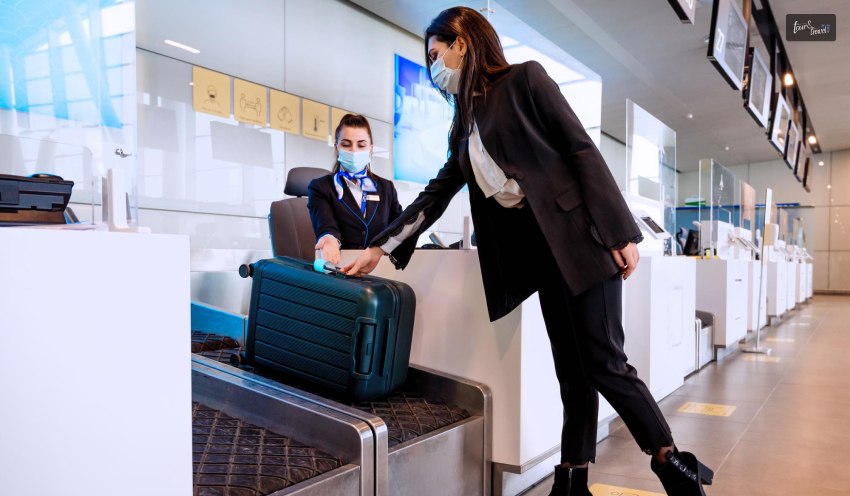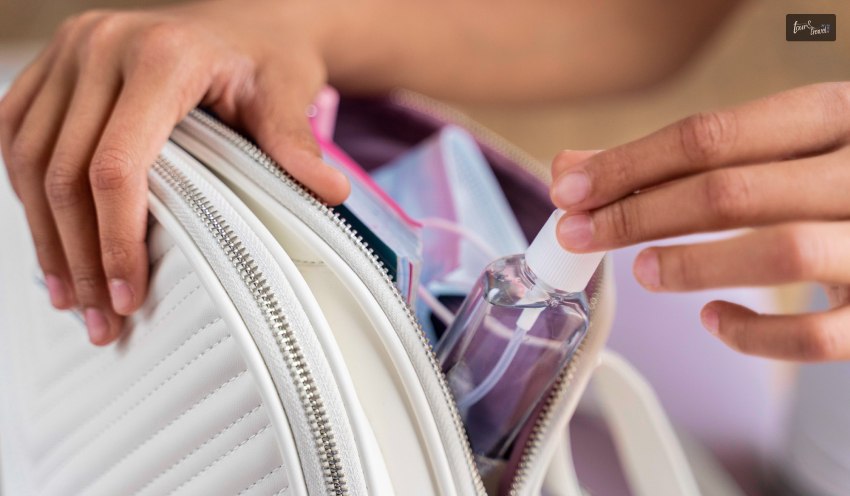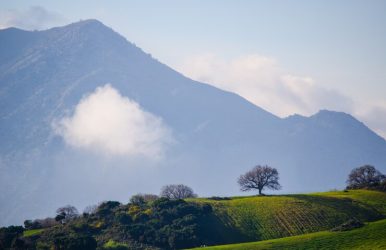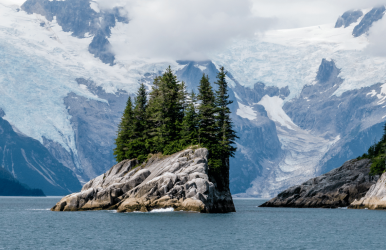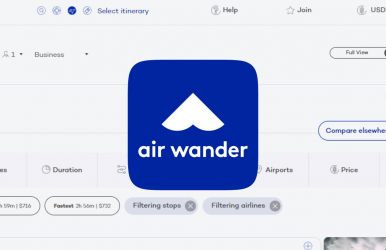Tips For Vacationing In Gatlinburg
BY Arnab Jan 20, 2023
Gatlinburg is a popular vacation destination in the state of Tennessee that offers something for every type of traveler. Situated just outside the boundary of the Great Smoky Mountain National Park, this charming town is known for its stunning natural beauty, rich history and culture, and enjoyable recreational activities. Whether you're an outdoor enthusiast, a foodie, or an art lover, a vacation in Gatlinburg won't disappoint you. Here Are The Eight Best Ideas For Vacationing In Gatlinburg To ensure you make the most of your vacation, we've put together a list of helpful tips to make planning easier. Here's what you need to know: 1. Plan ahead Any vacation can become a stressful experience if not planned carefully. So it's important to begin planning early to ensure you don't have trouble at the eleventh hour. And after choosing your destination, next comes selecting the accommodation. A convenient option is to stay in a condo. Condos offer an extensive array of amenities for a comfortable stay, such as a fully equipped kitchen and comfortable living space, and are ideal if you're planning a trip with family or want to enjoy a more upscale experience. Look up downtown Gatlinburg condos online, compare prices, read reviews, and book one that suits your travel needs. Be sure to book in advance to score a better deal. 2. Explore the great outdoors Gatlinburg is approximately 5 miles away from the Great Smoky Mountains National Park and offers many opportunities for hiking, camping, and scenic drives. The park has hundreds of miles of hiking trails suitable for first-timers and avid trekkers. Some popular trails include Mt. Leconte, Mt. Cammerer, Charlies Bunion, the Chimney Tops Trail, and Thunderhead Mountain. So be sure to pack your hiking gear if you're up for one. The national park is also home to more than 1200 species of plants and animals, including big black bears. Be sure to follow directions and stay out of areas cordoned off for the public. Also, don't litter. 3. Indulge in local cuisine Who doesn't love food? If you long for unique flavors, there are plenty of options to tantalize your taste buds. Gatlinburg has diverse dining options, including traditional southern comfort food to continental and several popular fast-food brands. You can enjoy a finger-licking meal that you will remember for a long time. Some popular places to dine include Donut Frair, Bubba Gump Shrimp Co., and Log Cabin Pancake House. Consider eating pancakes at the pancake house is a must-do. Be sure to try some of the local moonshine and barbecue. 4. Shop around Gatlinburg has many shopping options, from souvenir shops to high-end boutiques. Be sure to check out the downtown area for one-of-a-kind finds. You can shop till you drop at outlet malls and small mom-and-pop arts and crafts stores. If you visit the downtown area, you'll find a mix of unique boutiques, art galleries, and specialty shops. Here, you can find exclusive dresses, artistries, and a collection of extremely rare souvenirs. Also, check out the local farmer's market for fresh produce, homemade jams, and more. 5. Relax and unwind Whether it's soaking in a hot tub or taking a leisurely walk around the town, take some time out for yourself and relax. There are several places in Gatlinburg where you can unwind and burn off stress, including hot tubs, saunas, spas, and massages. Whether you're looking to unwind after a long day of sightseeing or want to indulge in some quality self-care, Gatlinburg is worth a try. Just be sure to reserve some time for yourself during your trip. 6. Hit the slopes A vacation in Gatlinburg is a must if you are into winter sports. Gatlinburg is a great destination for winter sports, with Ober Gatlinburg Ski Resort offering skiing opportunities. Even if you're not a skier, the resort has an indoor ice-skating rink designed for casuals. Ober Gatlinburg Ski Resort is the only ski resort in Tennessee, and it offers a wide range of winter activities. These include skiing, snowboarding, ice skating, and snow tubing. 7. Take a tour Join a guided tour to learn more about the history and culture of Gatlinburg and the surrounding area. From ghost tours to historical walking tours, you can explore some wonderful places that boast Appalachian culture and history. These tours are an excellent way to learn more about the antiquity and traditions of Gatlinburg. You'll also see some of the most famous and hidden sights and landmarks. Guided tours can help you discover new places in Gatlinburg that only a few know about. Whether you're interested in the town's history or the natural wonders of the area, you can't go wrong with a trip to Gatlinburg. 8. Visit the arts and crafts community Gatlinburg is home to a vibrant arts and crafts community, with many shops and studios showcasing the work of local artisans. Take a stroll through the community and bring home a unique souvenir. The Gatlinburg arts and crafts community is also one of North America's largest groups of independent artisans. The community offers a wide range of unique artwork and dexterities, from traditional to contemporary. Conclusion Overall, Gatlinburg offers a wonderful natural getaway destination that promises a memorable experience for tourists. Whether you're looking to explore the outdoors or simply relax and unwind, Gatlinburg has it all. Following the tips above can help you make the most of your time in this delightful town. So, don't wait any longer; plan your next vacation and experience all this beautiful place has to offer. Read Also: Crucial Hiking Tips To Ensure Your Safety While Hiking Top 8 List Of National Parks In North Carolina – Travel Guide Witness The Beauty Of Chilko Lake In British Columbia – Travel Guide


